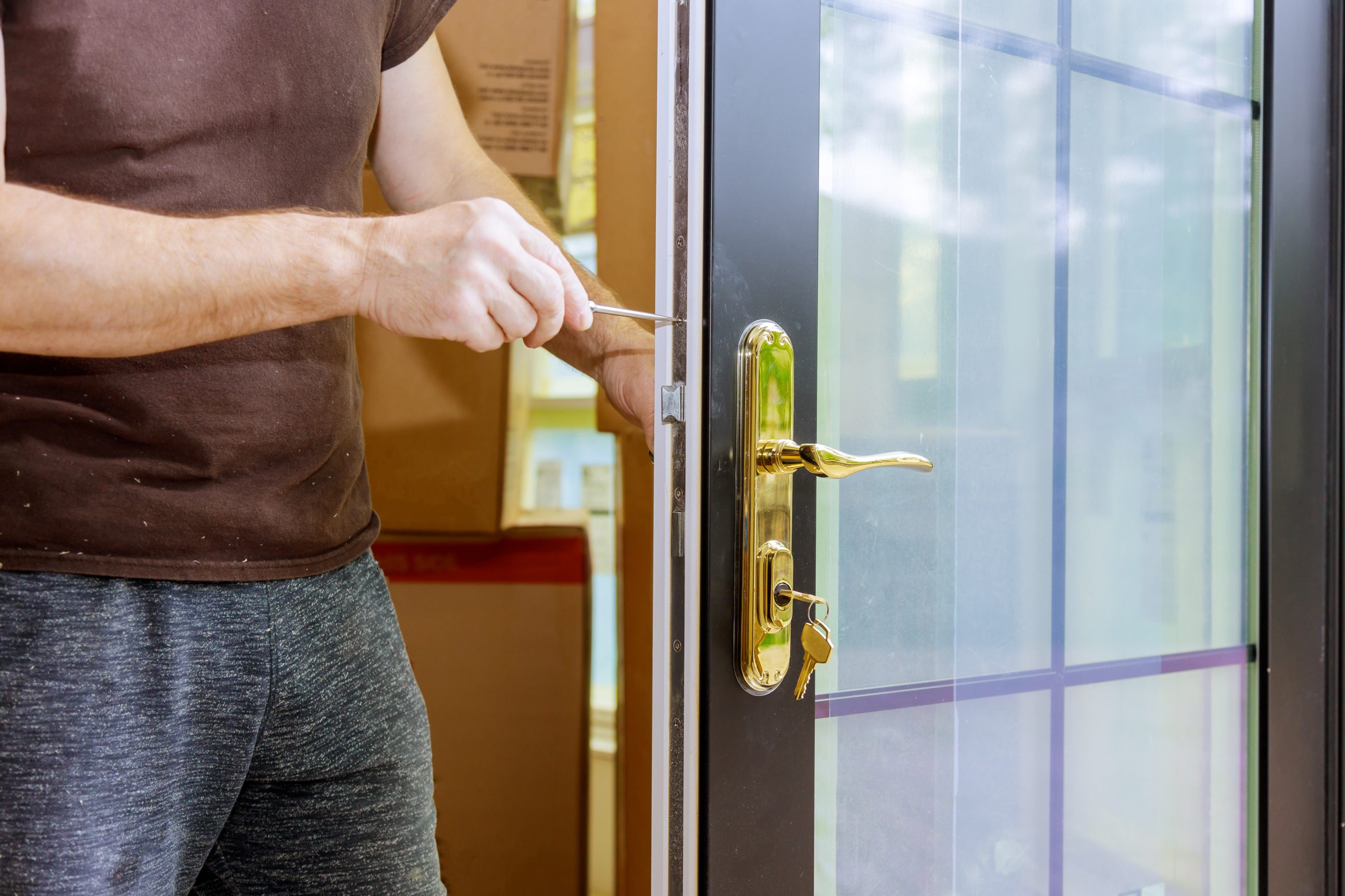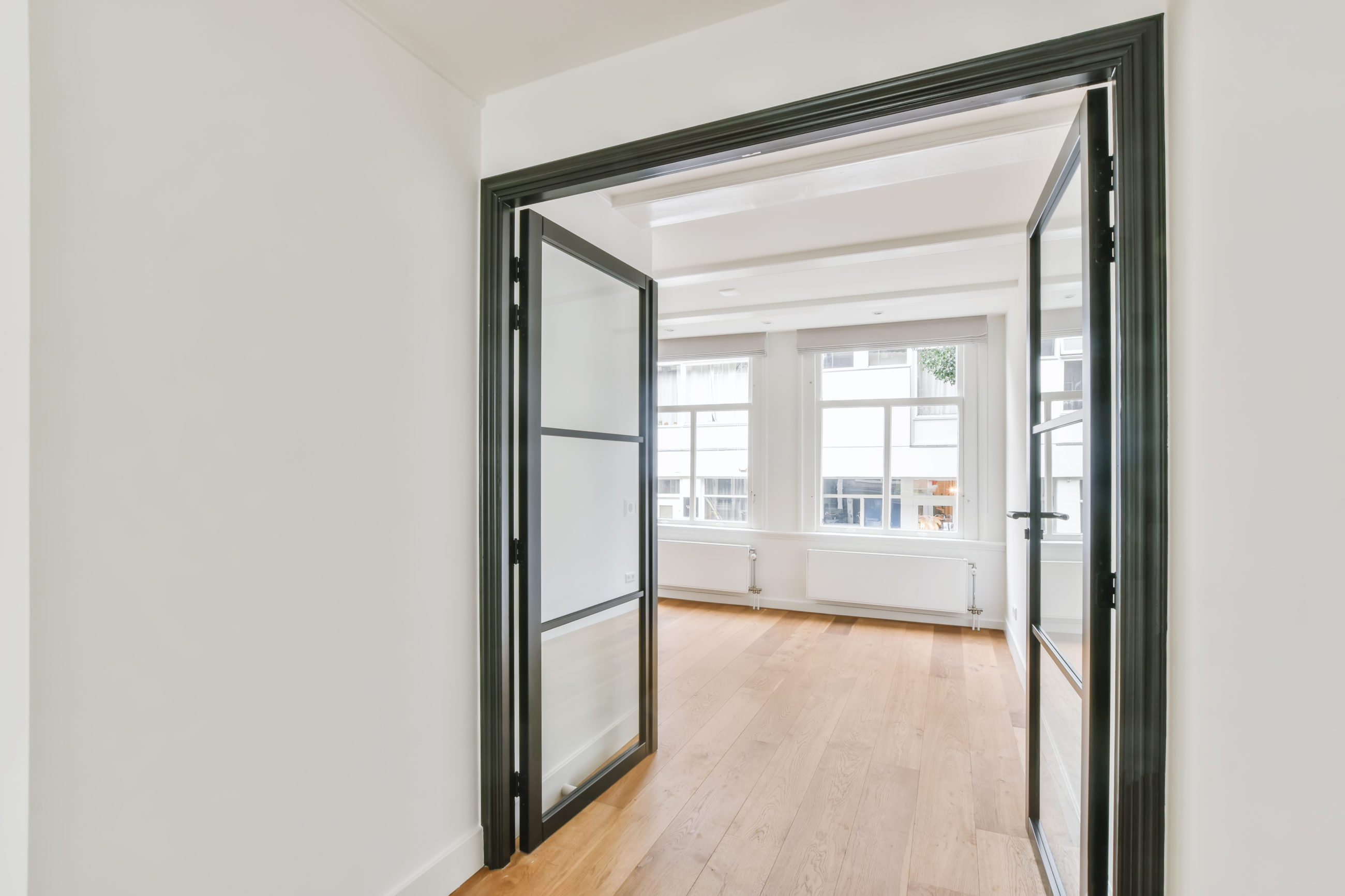uPVC (Unplasticized Polyvinyl Chloride) doors are a popular choice for many homeowners due to their durability, energy efficiency, and low maintenance requirements. They are made from a plastic material that is tough and rigid, making them resistant to weather damage, corrosion, and other forms of wear and tear. In this guide, we will explore everything you need to know about uPVC doors in the home.
Types of UPVC Doors
- There are several types of uPVC doors that you can choose from depending on your needs and preferences. Some of the most common types include:
- Front Doors: These are the main doors that lead into your home. They come in a variety of styles, designs, and colours to suit your taste.
- Patio Doors: These are sliding doors that are typically used for access to the garden or patio. They offer excellent insulation and security, as well as a clear view of the outdoors.
- French Doors: These are double doors that are hinged and open outwards. They are a popular choice for balconies, porches, and other outdoor areas.
- Bi-Fold Doors: These doors consist of multiple panels that fold back on themselves to create an open space. They are ideal for creating a seamless transition between indoors and outdoors.
For a full range of uPVC doors, be sure to check out Flying Doors. We’ve used them many times for our own home, they have excellent feedback on TrustPilot and have some really good guides and information.

Benefits of UPVC Doors
- uPVC doors offer several advantages over traditional doors made of wood or metal. Some of these benefits include:
- Energy Efficiency: uPVC doors are excellent at keeping your home warm in the winter and cool in the summer. They have a low U-value, which means they are highly effective at insulating your home and reducing heat loss.
- Low Maintenance: uPVC doors require very little maintenance, unlike wooden doors that need regular sanding, painting, and varnishing. They are also resistant to rot, rust, and other forms of corrosion.
- Security: uPVC doors are strong and durable, making them an excellent choice for security-conscious homeowners. They come with multi-point locking systems and toughened glass to deter burglars and intruders.
- Aesthetics: uPVC doors are available in a wide range of styles, designs, and colours, making it easy to find a door that complements your home’s exterior.
- Cost-Effective: uPVC doors are typically cheaper than wooden or metal doors, making them an affordable option for homeowners on a budget.
Installation of uPVC doors
Installing a uPVC door is a relatively straightforward process that can be completed in a day or two. However, it’s important to hire a professional installer to ensure the job is done correctly. The installation process typically involves:
- Measuring the Doorway: The installer will measure the width and height of the doorway to ensure the door fits snugly.
- Removing the Old Door: The old door will be removed from its hinges and disposed of properly.
- Preparing the Door Frame: The door frame will be checked for damage and repaired if necessary. The installer will also ensure that the frame is level and plumb.
- Fitting the Door: The door will be fitted into the frame and adjusted to ensure a tight seal. The installer will also fit the handles, locks, and hinges.
- Finishing Touches: Once the door is in place, the installer will apply sealant around the edges to prevent drafts and water ingress.
How to maintain uPVC doors
uPVC doors are very low maintenance, but they still require some care to keep them looking their best. Here are a few tips for maintaining your uPVC door:
- Clean the Door Regularly: Use a soft cloth and mild detergent to clean the door and frame. Avoid using harsh chemicals or abrasive cleaners, as these can damage the surface.
- Lubricate the Hinges and Locks: Apply a small amount of lubricant to the hinges and locks every six months to keep them operating smoothly.
- Check the Weatherstripping: The weatherstripping around the door can wear out over time, so check it regularly and replace it if necessary.
- Keep the Door Tracks Clear: If you have a sliding or bi-fold door, make sure the tracks are clear of debris and dirt to ensure smooth operation.
- Inspect the Glass: Check the glass for any cracks or damage and replace it if necessary.

Common Issues and Troubleshooting
While uPVC doors are durable and long-lasting, they can develop problems over time. Here are some common issues and how to troubleshoot them:
- Difficulty Opening or Closing the Door: This can be caused by several factors, including misaligned hinges, a damaged door frame, or warping. Check the hinges and frame for any damage and make adjustments as necessary. If the door is warping, it may need to be replaced.
- Drafts: If you feel cold air coming in around the edges of the door, it may be due to worn or damaged weatherstripping. Replace the weatherstripping to solve the problem.
- Sticking Lock: If the lock is sticking, it may be due to a buildup of dirt or debris. Clean the lock with a soft brush and lubricate it with a silicone spray.
- Condensation on the Glass: Condensation on the inside of the glass can be a sign of poor ventilation. Open windows and doors to improve airflow and reduce condensation.
In Summary
uPVC doors are an excellent choice for homeowners who want a low-maintenance, energy-efficient, and cost-effective option. With proper installation and maintenance, they can last for many years and provide excellent security and insulation for your home. If you’re considering a uPVC door, be sure to choose a reputable installer and follow the manufacturer’s instructions for care and maintenance.
